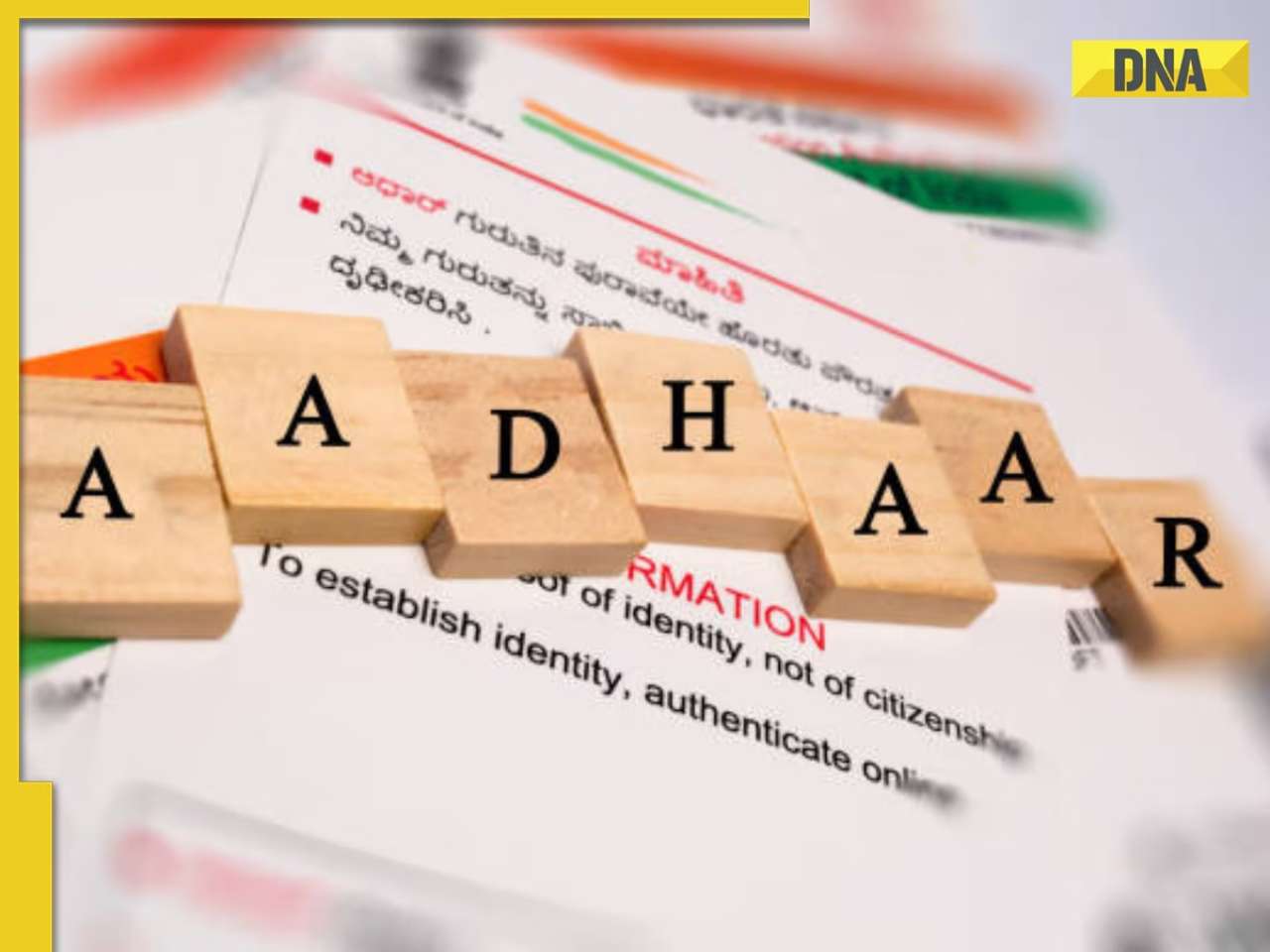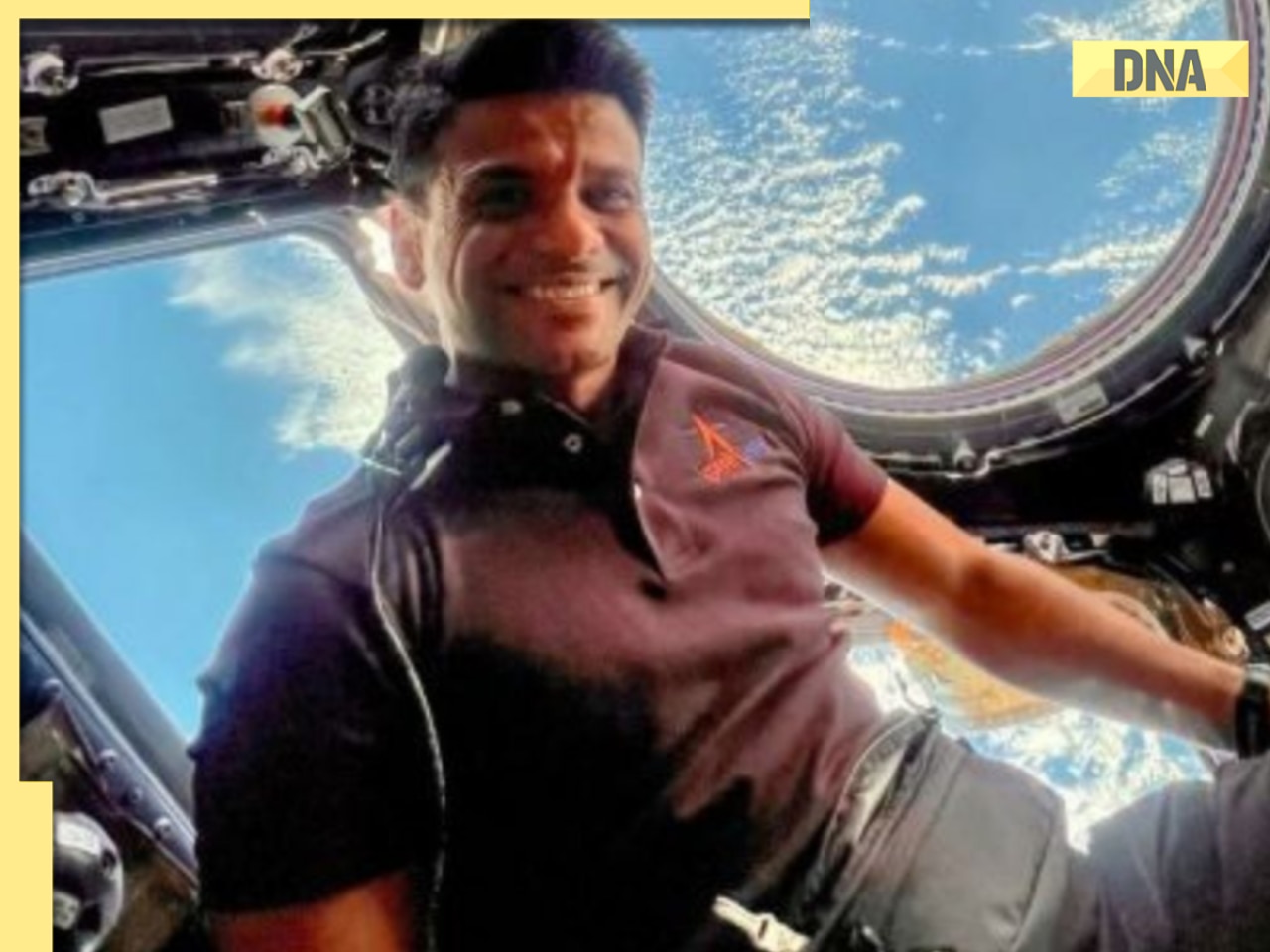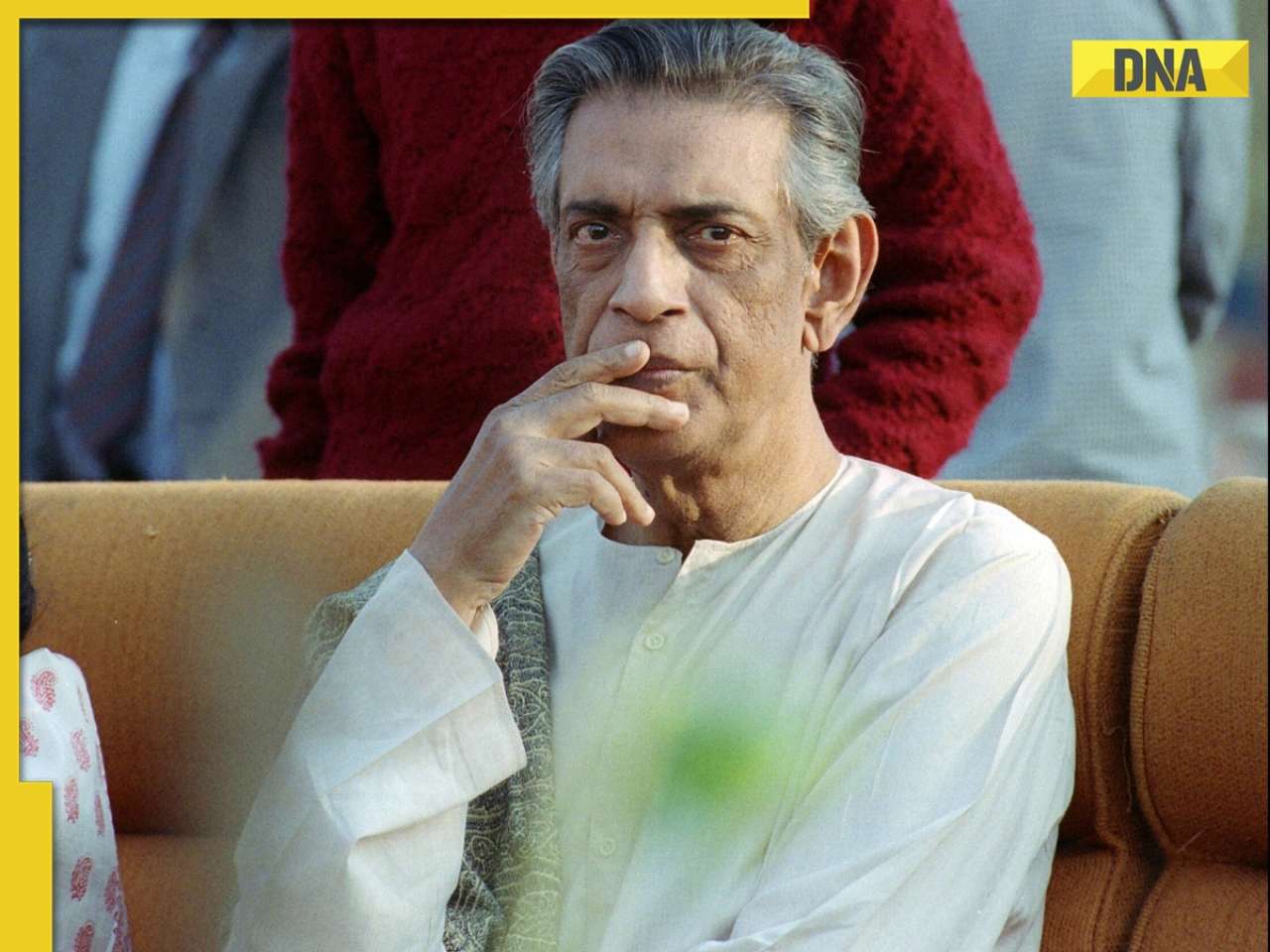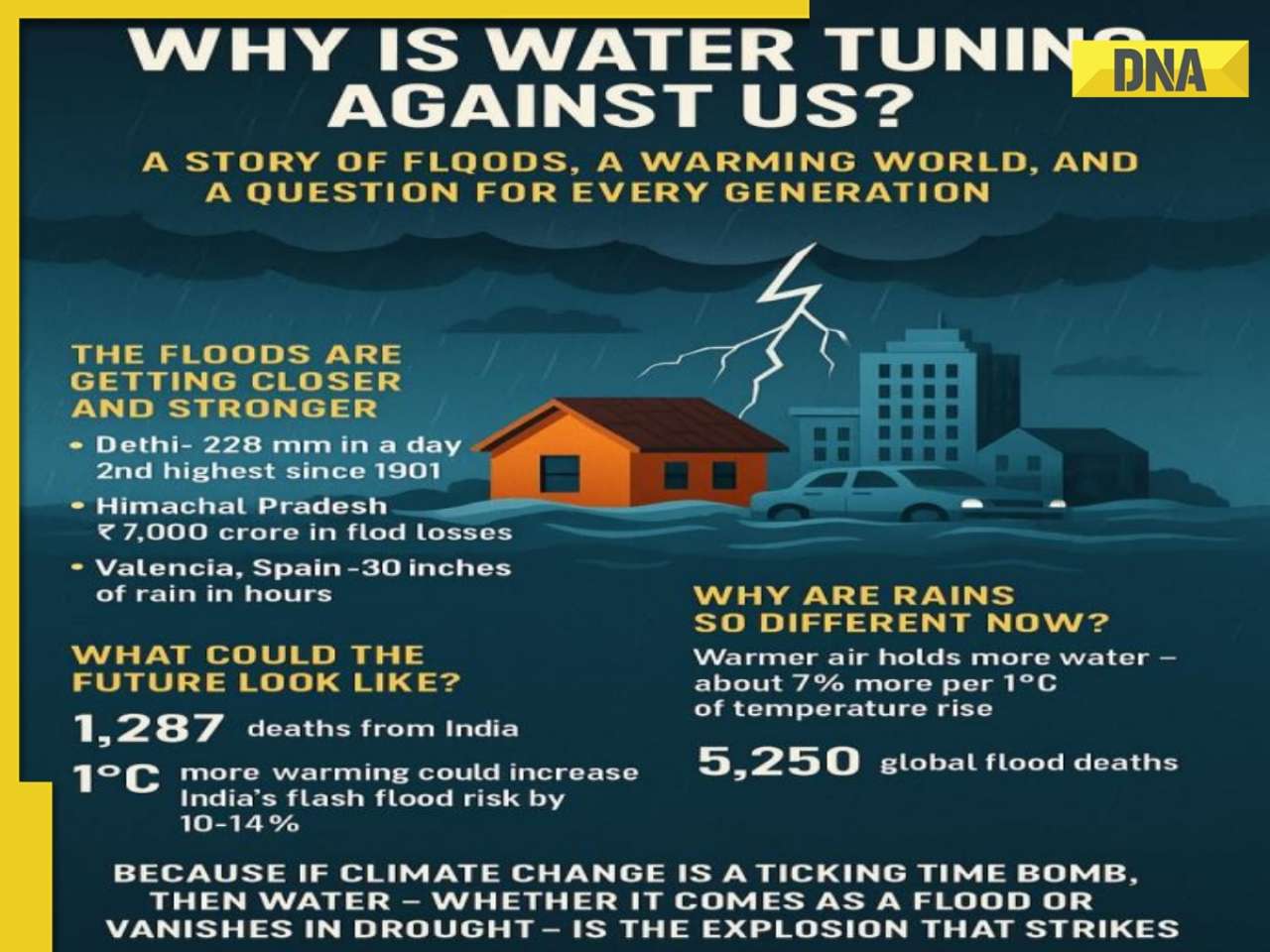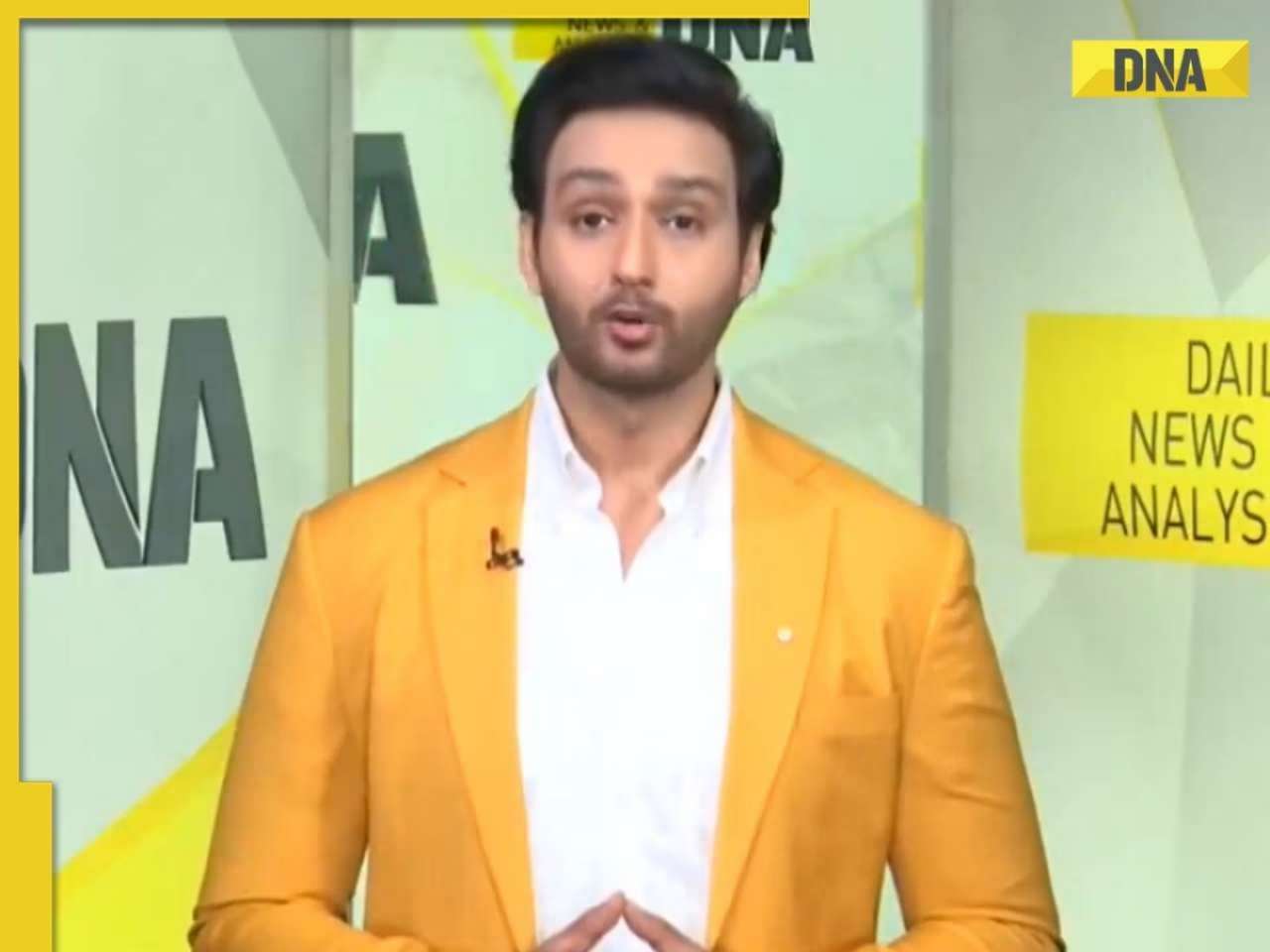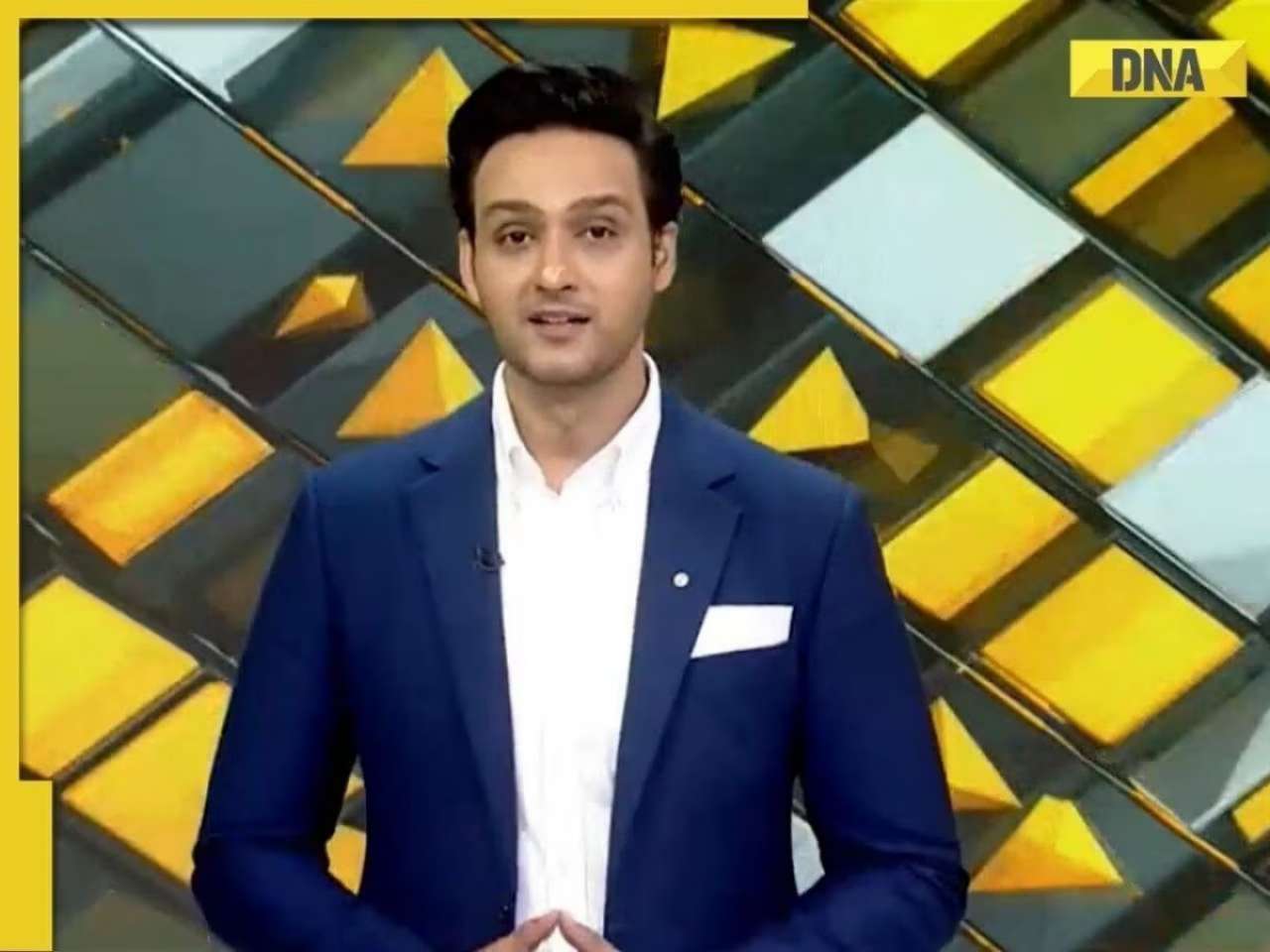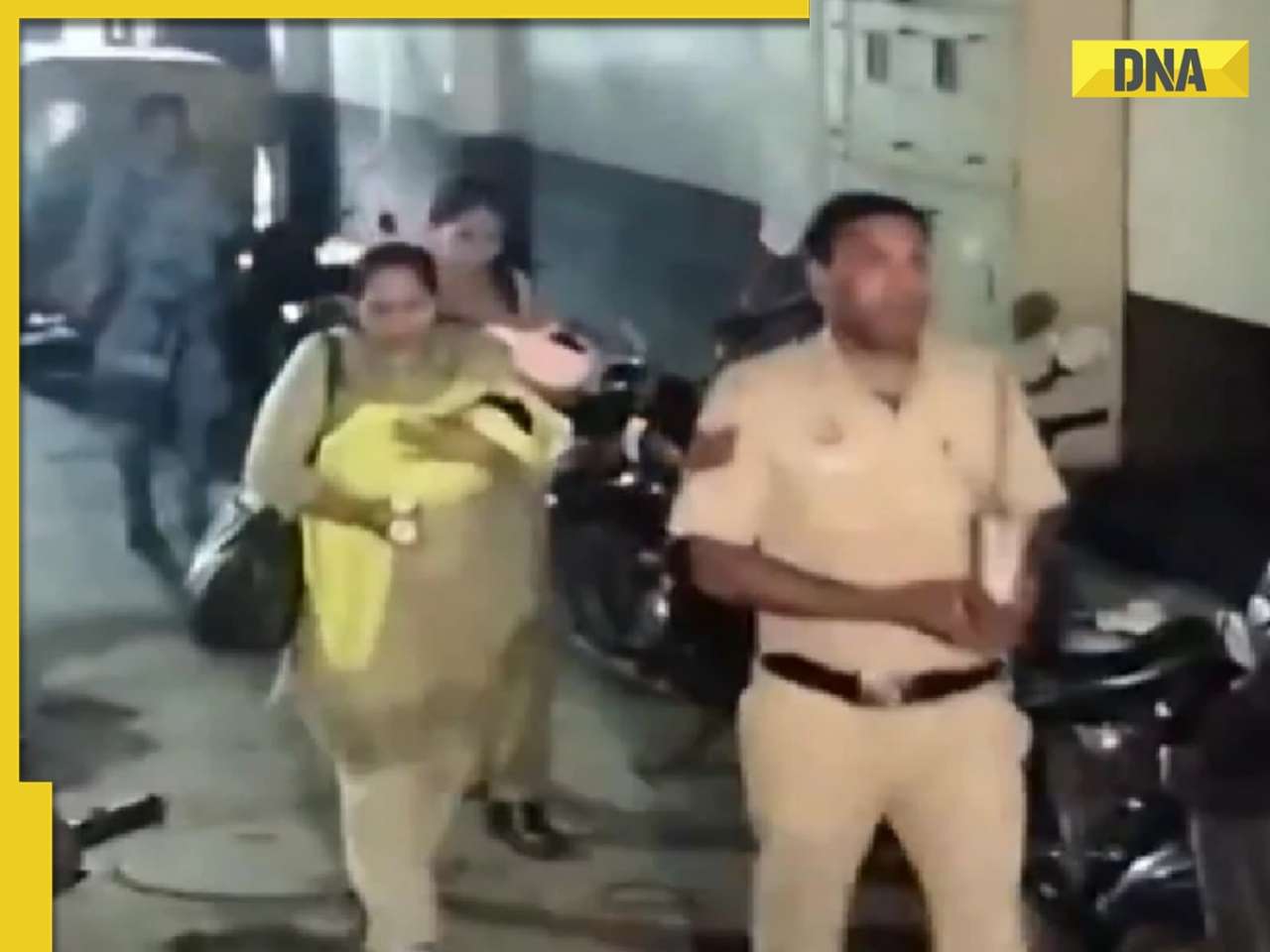New Delhi’s air quality hit a ‘severe’ level for the first time this season, with the Air Quality Index (AQI) reaching 418 on Wednesday.
As the pollution worsens in New Delhi, experts at the COP29 climate summit here urged India to leverage its potential in reducing short-lived climate pollutants (SLCPs), such as methane and black carbon, which are major contributors to both air quality degradation and global warming. Short-lived climate pollutants (SLCPs) are a group of greenhouse gases and air pollutants that have a near-term warming impact on climate and can affect air quality. SLCPs include black carbon, methane, ground-level ozone, and hydrofluorocarbons (HFCs).
New Delhi’s air quality hit a ‘severe’ level for the first time this season, with the Air Quality Index (AQI) reaching 418 on Wednesday. Zerin Osho, Director of the India Programme at the Institute for Governance & Sustainable Development (IGSD), and Durwood Zaelke, President of IGSD, put a spotlight on how strategies in SLCP reduction can help tackle pollution and global warming.
Durwood Zaelke highlighted that SLCPs account for nearly half of current warming and offer the quickest path to cooling. “If we address SLCPs, we can achieve fast cooling effects and buy critical time to mitigate longer-term CO₂ emissions,” Zaelke told PTI.
He emphasised that curbing SLCPs is particularly crucial as global temperatures approach the 1.5°C limit, with 2024 data indicating temperatures may breach this threshold soon.
Osho discussed the substantial risks that SLCPs pose to India’s economic and environmental stability. Rising temperatures have had pronounced effects on the informal labour sector, agriculture, and food security.
Osho cited World Bank findings showing that India’s informal sector lost an estimated 34 million jobs due to extreme heat — a situation exacerbated by SLCPs. Moreover, changing monsoon patterns, which SLCPs partially influence, disrupt crop cycles, and threaten food security domestically and abroad.
India, a top global exporter of staples like rice, faces ripple effects that extend to food-insecure regions dependent on its exports.
“SLCPs contribute directly to rising heat stress and irregular rainfall, impacting not only local farmers but also global food chains,” Osho emphasised.
Changes in rainfall patterns affect critical agricultural outputs, leading to production inconsistencies that disrupt both domestic food supplies and export-dependent economies.
India's actions in reducing SLCP emissions, therefore, are integral not only to its own resilience but to broader global stability. Osho advocated for an “air shed approach” to regulate pollution across states with shared weather patterns rather than fragmented, state-by-state solutions.
She explained that Delhi’s air pollution challenges cannot be managed solely within city limits, as pollutants from industrial zones in Haryana, such as Sonipat and Panipat, regularly blow into the capital. “An air shed approach allows for coordinated policies across regions that share climate characteristics, thus enabling more effective SLCP control,” she said.
In terms of financing, Osho pointed to India's successful LED bulb programme as a model. This initiative dramatically lowered costs through bulk procurement, encouraging the wide adoption of energy-efficient bulbs. She recommended applying similar strategies for SLCP-mitigating technologies, such as electric buses, air conditioners, and clean cookstoves.
“Bulk procurement could lower costs and drive widespread use of climate-friendly technologies, essential in a country as populous as India,” she noted.
India’s ratification of the Kigali Amendment to the Montreal Protocol has positioned it ahead of schedule in phasing down HFCs, particularly in the residential air-conditioning sector.
Osho praised India’s proactive stance, noting that the country’s switch to low-global-warming-potential (GWP) refrigerants in air conditioners places it among the world’s top adopters of climate-friendly technologies.
Additionally, Osho highlighted the "India Cooling Action Plan" as a pioneering effort to reduce cooling-related emissions, a critical initiative in a warming country with increasing demand for air conditioning. “India is the only developing country with a dedicated cooling action plan, demonstrating its commitment to reducing SLCPs,” Osho said.
However, she lamented that these achievements remain largely unacknowledged on global platforms like COP29. Despite its SLCP achievements, India has often taken a backseat at international forums. Osho argued that India's limited visibility hinders its ability to secure support and influence discussions.
“India has a marketing problem,” she said. “We’re doing exceptional work but lack a strong presence to communicate these advances effectively.” Osho suggested that India actively engage in dialogues around SLCPs, methane reduction, and cooling action, advocating for grants and technical support to drive further progress.
India’s absence at key SLCP-focused sessions at COP29 left a noticeable gap, especially given the global spotlight on SLCP mitigation. She said that a stronger Indian presence could boost momentum for non-CO₂ agreements, as witnessed in the US-China collaboration on SLCPs despite ongoing political tensions between the two countries.
A central point of COP29 discussions has been securing funding for climate adaptation, with USD 2 billion already allocated towards SLCP mitigation. Osho stressed that India should pursue these funds actively, advocating for grants and favourable financing structures.
She recommended that India consider leveraging the soon-to-launch India Carbon Market to create a separate market for methane, allowing it to capture greater financial returns based on methane’s high global warming potential (GWP) over a 20-year period.
“Trading methane mitigation at its full 20-year GWP value could significantly enhance returns and boost investment,” she argued, noting that such a framework could unlock much-needed financing for India’s methane-reducing projects. India’s recent domestic projects provide strong case studies to attract funding, such as the integration of organic waste into cattle feed to reduce methane emissions.
A pilot project in Agra has already shown that using pumpkin waste as cattle feed not only reduces methane but also boosts local waste management. Expanding such initiatives nationwide could position India as a model of innovative, cost-effective SLCP management, she added.
(Except for the headline, this story has not been edited by DNA staff and is published from PTI)
 'Don’t think Ranveer Singh has...': R Madhavan explains why his Dhurandhar co-star is not going anywhere despite failures
'Don’t think Ranveer Singh has...': R Madhavan explains why his Dhurandhar co-star is not going anywhere despite failures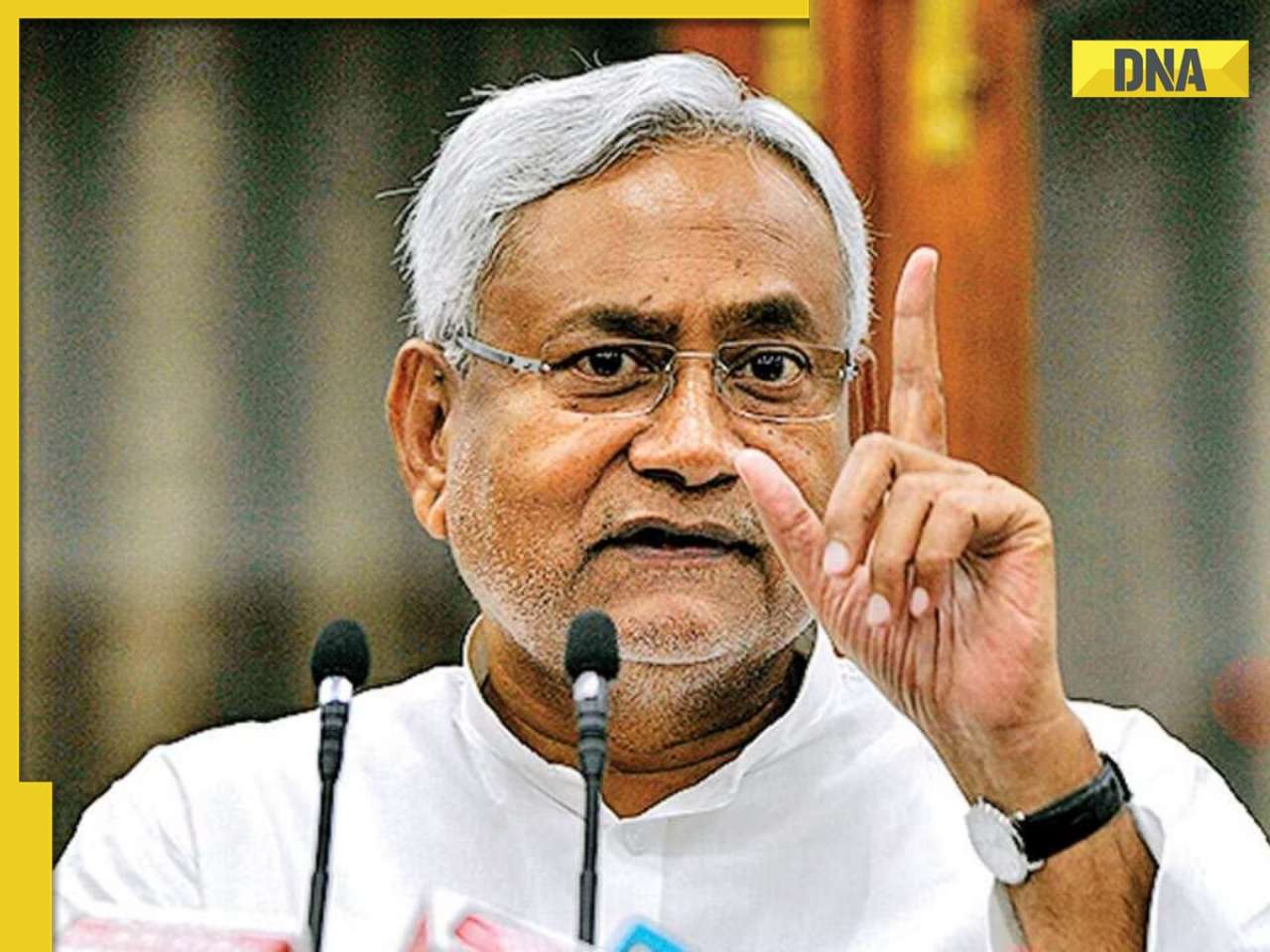 Bihar Elections: CM Nitish Kumar announces 125 units of 'free electricity' from..., check details here
Bihar Elections: CM Nitish Kumar announces 125 units of 'free electricity' from..., check details here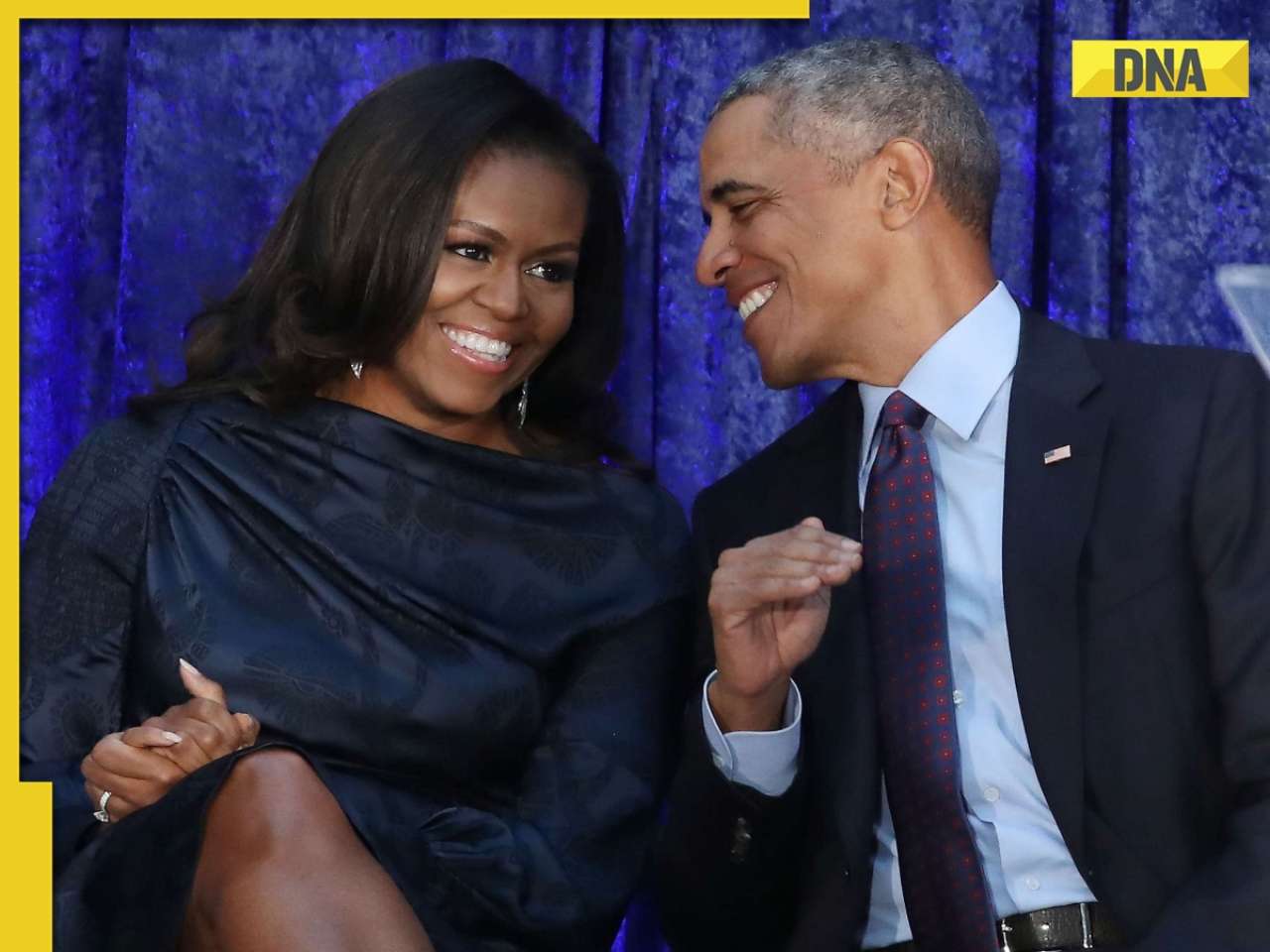 Barack Obama and Michelle Obama finally address divorce rumors, say 'It was...'
Barack Obama and Michelle Obama finally address divorce rumors, say 'It was...' Meet woman, as beautiful as any Bollywood actress, cracked UPSC exam but did not become IAS officer due to...
Meet woman, as beautiful as any Bollywood actress, cracked UPSC exam but did not become IAS officer due to...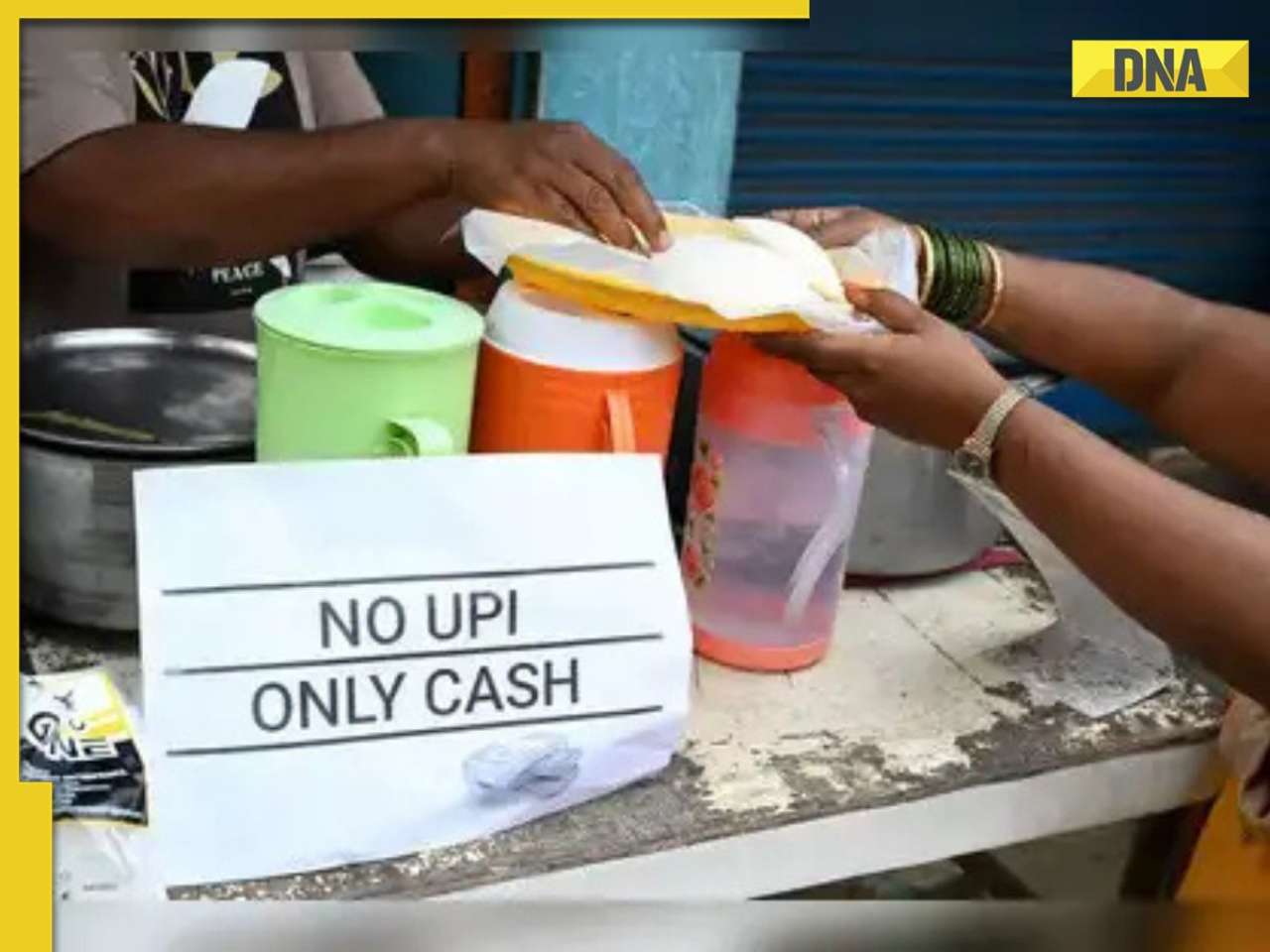 Bengaluru small vendors are saying 'NO' to UPI, demands 'Only' cash, are in fear due to...
Bengaluru small vendors are saying 'NO' to UPI, demands 'Only' cash, are in fear due to... 7 stunning images of supernova captured by NASA Hubble Telescope
7 stunning images of supernova captured by NASA Hubble Telescope 7 mesmerising images of star formation captured by NASA
7 mesmerising images of star formation captured by NASA What is brain fog? 7 Ways to overcome it
What is brain fog? 7 Ways to overcome it Sawan 2025: Move beyond Tip Tip Barsa Paani, this rainy season groove on these sizzling songs
Sawan 2025: Move beyond Tip Tip Barsa Paani, this rainy season groove on these sizzling songs Kang Seo‑ha to Kim Sae‑ron: K‑drama, K-pop icons we lost recently
Kang Seo‑ha to Kim Sae‑ron: K‑drama, K-pop icons we lost recently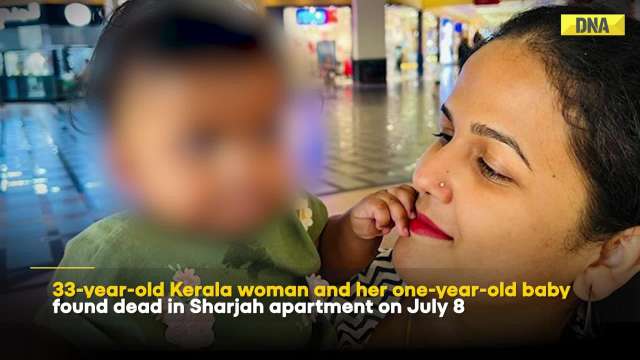 Sharjah Woman Death: New Details Emerge in Kerala Woman’s Suicide, In-Laws Named In FIR
Sharjah Woman Death: New Details Emerge in Kerala Woman’s Suicide, In-Laws Named In FIR Russia-Ukraine War: Zelenskyy Slams Russia Over Deadly Dobropillia Bombing | Putin | World News
Russia-Ukraine War: Zelenskyy Slams Russia Over Deadly Dobropillia Bombing | Putin | World News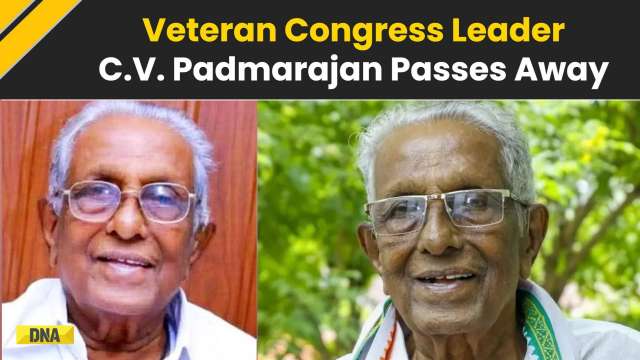 CV Padmarajan, Congress Stalwart And Former Kerala Minister, Dies At 93
CV Padmarajan, Congress Stalwart And Former Kerala Minister, Dies At 93 Air India Plane Crash: No Fault Found In Boeing 787 Fuel Control Switches After Inspections
Air India Plane Crash: No Fault Found In Boeing 787 Fuel Control Switches After Inspections Shubhanshu Shukla News: What Astronaut Shubhanshu Shukla's Wife Has Planned For His Homecoming
Shubhanshu Shukla News: What Astronaut Shubhanshu Shukla's Wife Has Planned For His Homecoming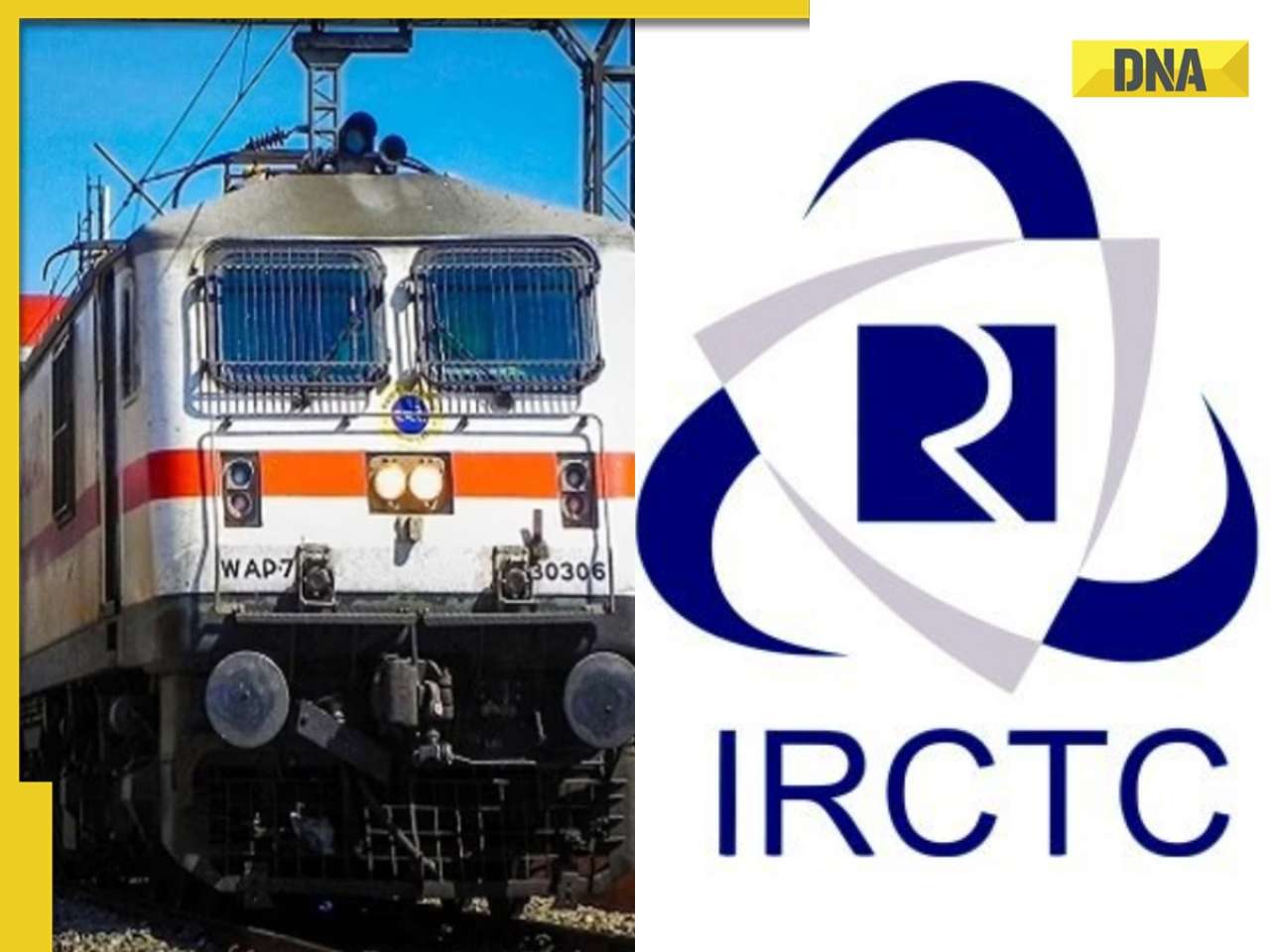 No OTP, no Tatkal ticket: Indian Railways makes Aadhaar OTP verification mandatory for online Tatkal booking; check details
No OTP, no Tatkal ticket: Indian Railways makes Aadhaar OTP verification mandatory for online Tatkal booking; check details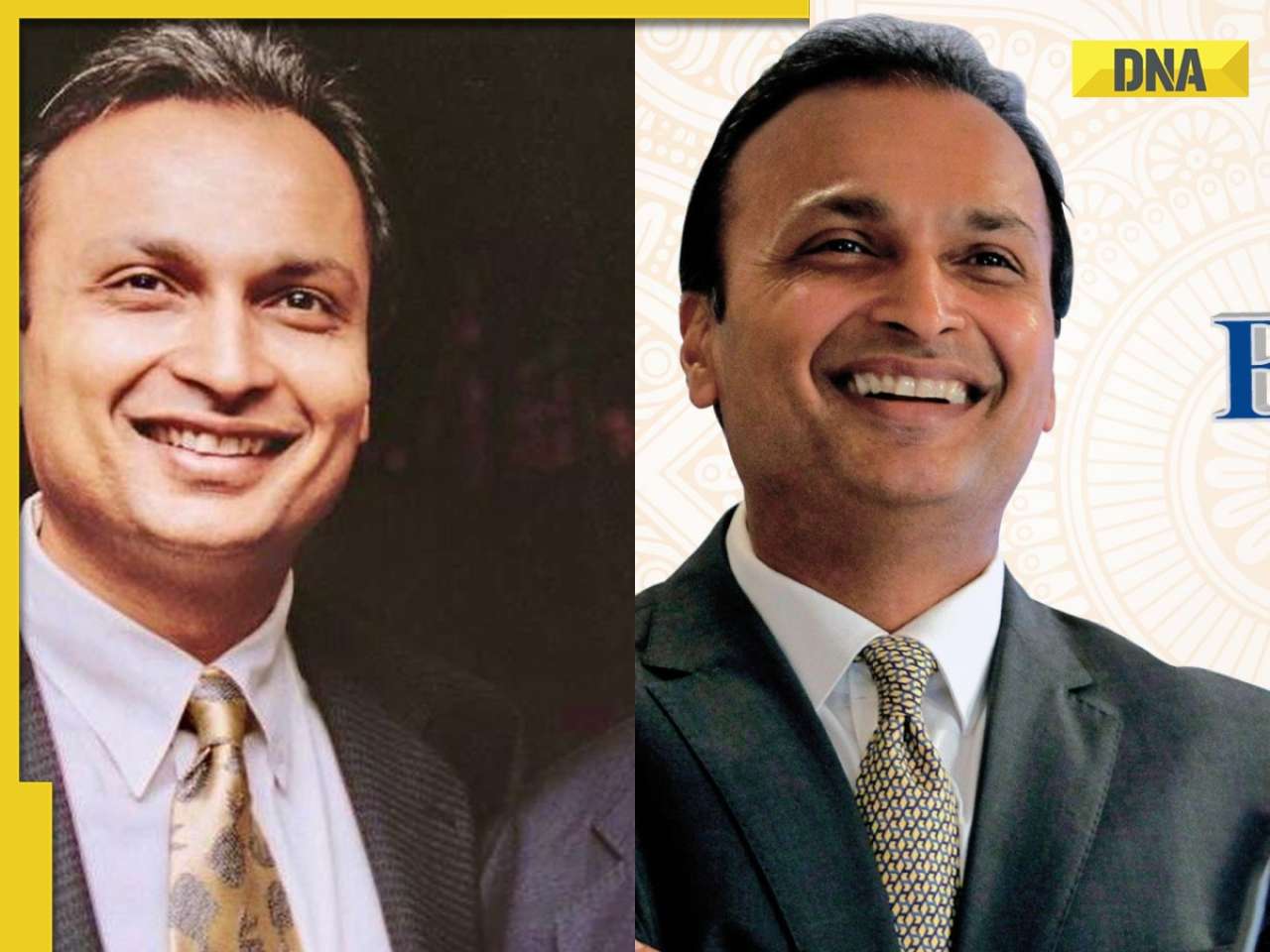 Anil Ambani's Reliance Infra, RPower make BIG move to raise Rs 18000 crore through...
Anil Ambani's Reliance Infra, RPower make BIG move to raise Rs 18000 crore through...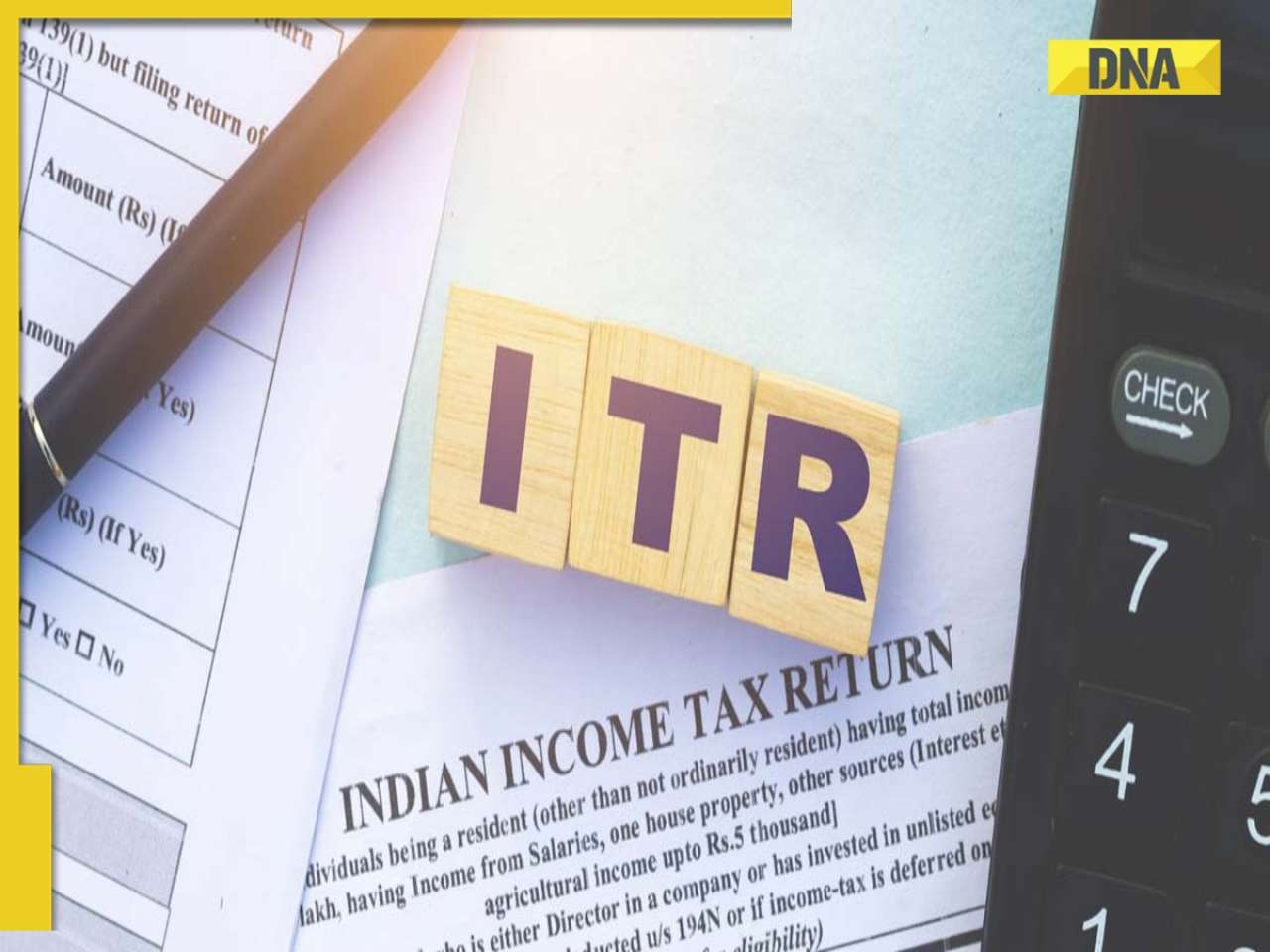 ITR Filing 2025: Don't panic if you receive Income Tax Department notice, take THESE steps...
ITR Filing 2025: Don't panic if you receive Income Tax Department notice, take THESE steps...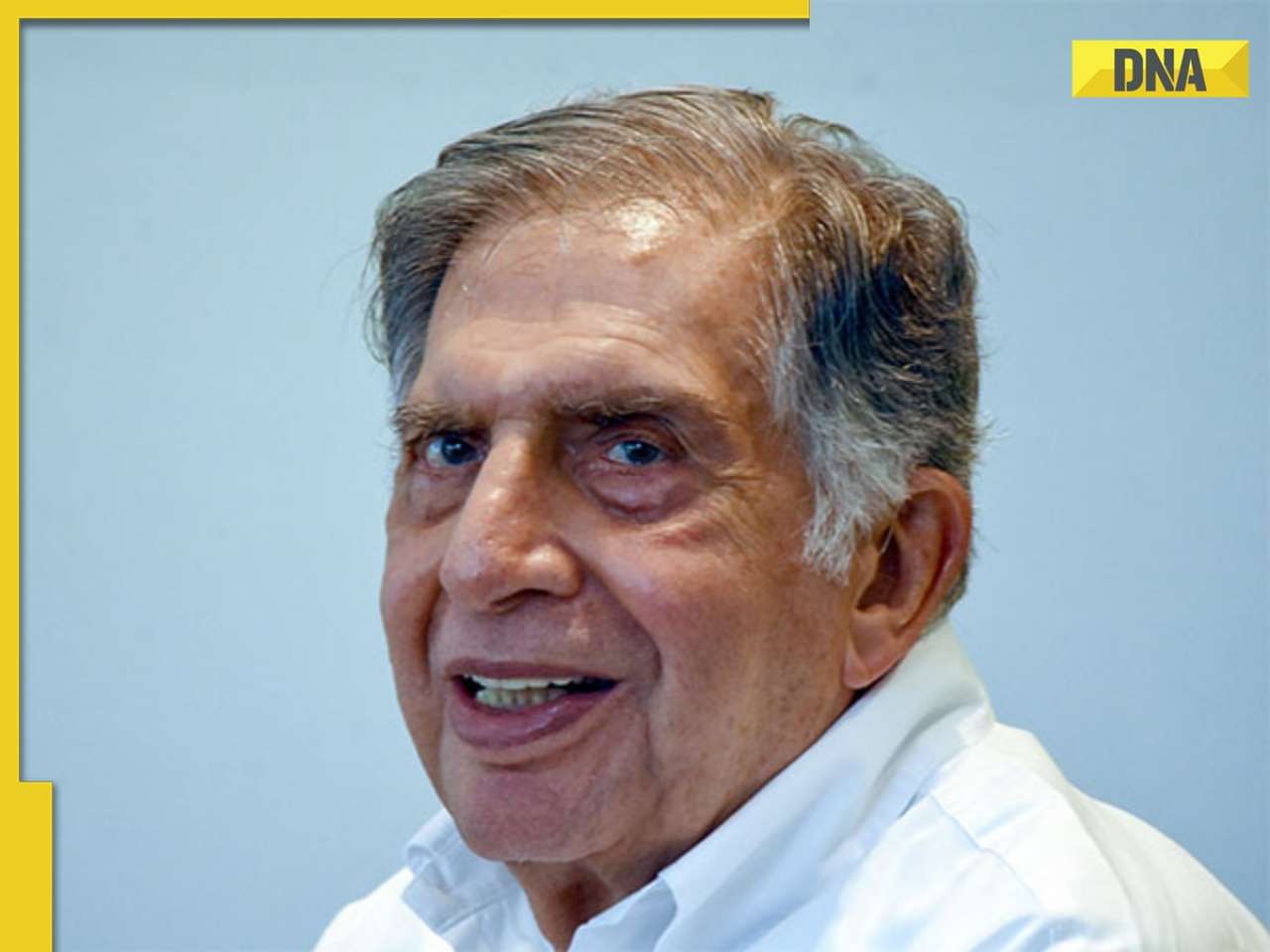 Good news for TCS employees as Ratan Tata's firm announces 100 percent variable pay for THESE employees, check here
Good news for TCS employees as Ratan Tata's firm announces 100 percent variable pay for THESE employees, check here  After approval, Starlink to offer fastest internet speed ranging from..., know what more it offers in India
After approval, Starlink to offer fastest internet speed ranging from..., know what more it offers in India  From Sheila Ki Jawani, Kala Chashma to Kamli: Katrina Kaif unforgettable dance numbers
From Sheila Ki Jawani, Kala Chashma to Kamli: Katrina Kaif unforgettable dance numbers  Is Katrina Kaif 'Runaway Bride' of Bollywood? 5 times actress has run away from weddings in films
Is Katrina Kaif 'Runaway Bride' of Bollywood? 5 times actress has run away from weddings in films World Snake Day 2025: Why are cobras the most dangerous snakes? List of world's 10 deadliest snakes
World Snake Day 2025: Why are cobras the most dangerous snakes? List of world's 10 deadliest snakes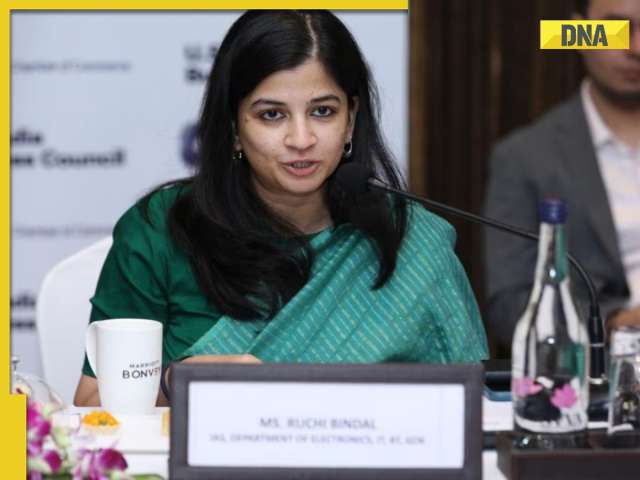 Meet woman who failed four times in UPSC exam and finally cracked it with AIR..., is now CEO of...
Meet woman who failed four times in UPSC exam and finally cracked it with AIR..., is now CEO of... 10 countries with most beautiful women in the world, Russia, USA, Greece, make it to the list, you won’t believe who’s number 1
10 countries with most beautiful women in the world, Russia, USA, Greece, make it to the list, you won’t believe who’s number 1 Bihar Elections: CM Nitish Kumar announces 125 units of 'free electricity' from..., check details here
Bihar Elections: CM Nitish Kumar announces 125 units of 'free electricity' from..., check details here Bengaluru small vendors are saying 'NO' to UPI, demands 'Only' cash, are in fear due to...
Bengaluru small vendors are saying 'NO' to UPI, demands 'Only' cash, are in fear due to...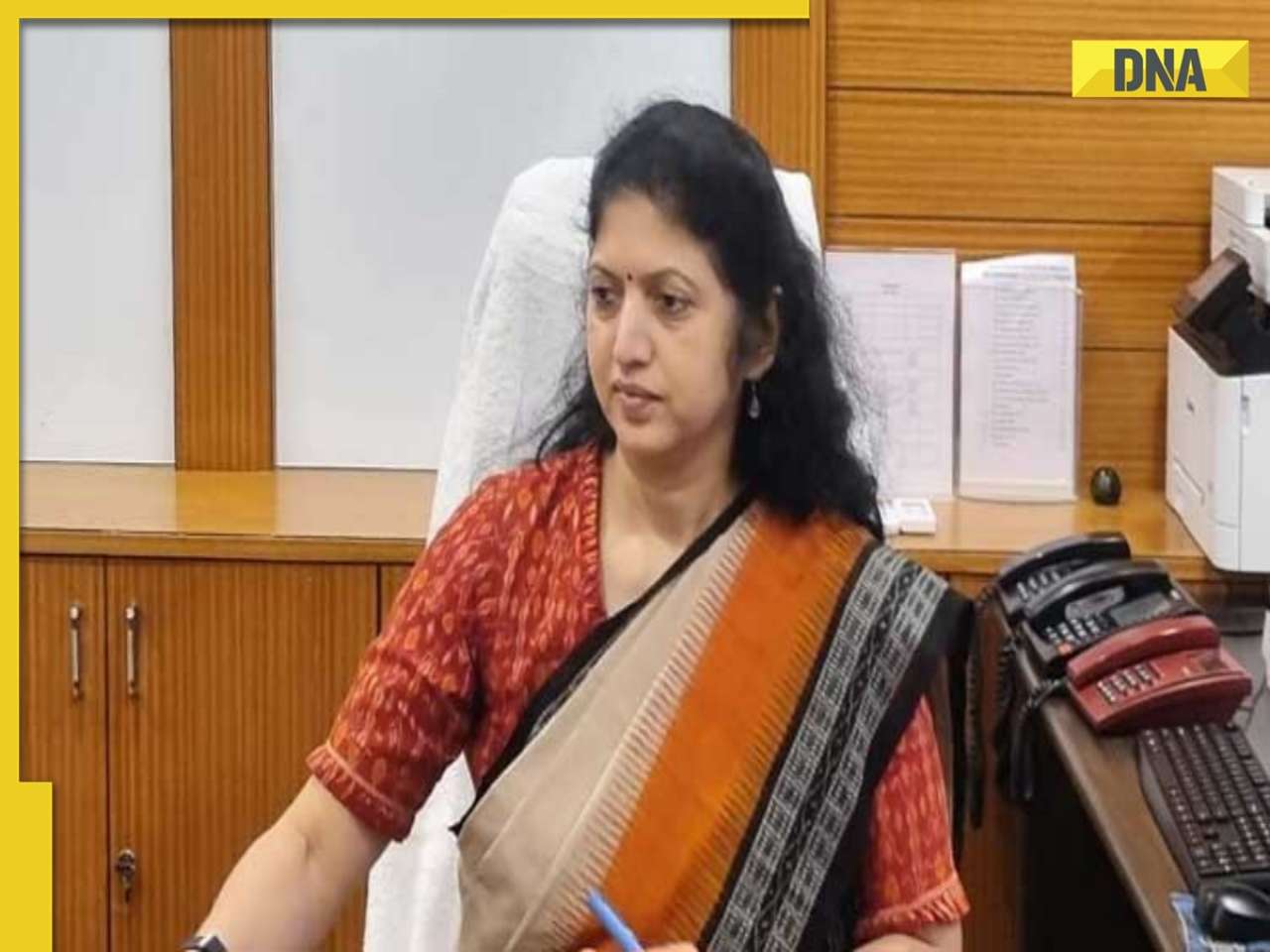 Meet woman, first IAS officer to officially appoint a female driver, she is from…, her name is..
Meet woman, first IAS officer to officially appoint a female driver, she is from…, her name is.. What is 'PAN-PAN' call that Delhi-Goa IndiGo flight pilot made before diverting flight to Mumbai?
What is 'PAN-PAN' call that Delhi-Goa IndiGo flight pilot made before diverting flight to Mumbai? UIDAI deactivates Aadhar of deceased persons, disables over 1 crore numbers, starts new service for...
UIDAI deactivates Aadhar of deceased persons, disables over 1 crore numbers, starts new service for... Meet woman, as beautiful as any Bollywood actress, cracked UPSC exam but did not become IAS officer due to...
Meet woman, as beautiful as any Bollywood actress, cracked UPSC exam but did not become IAS officer due to...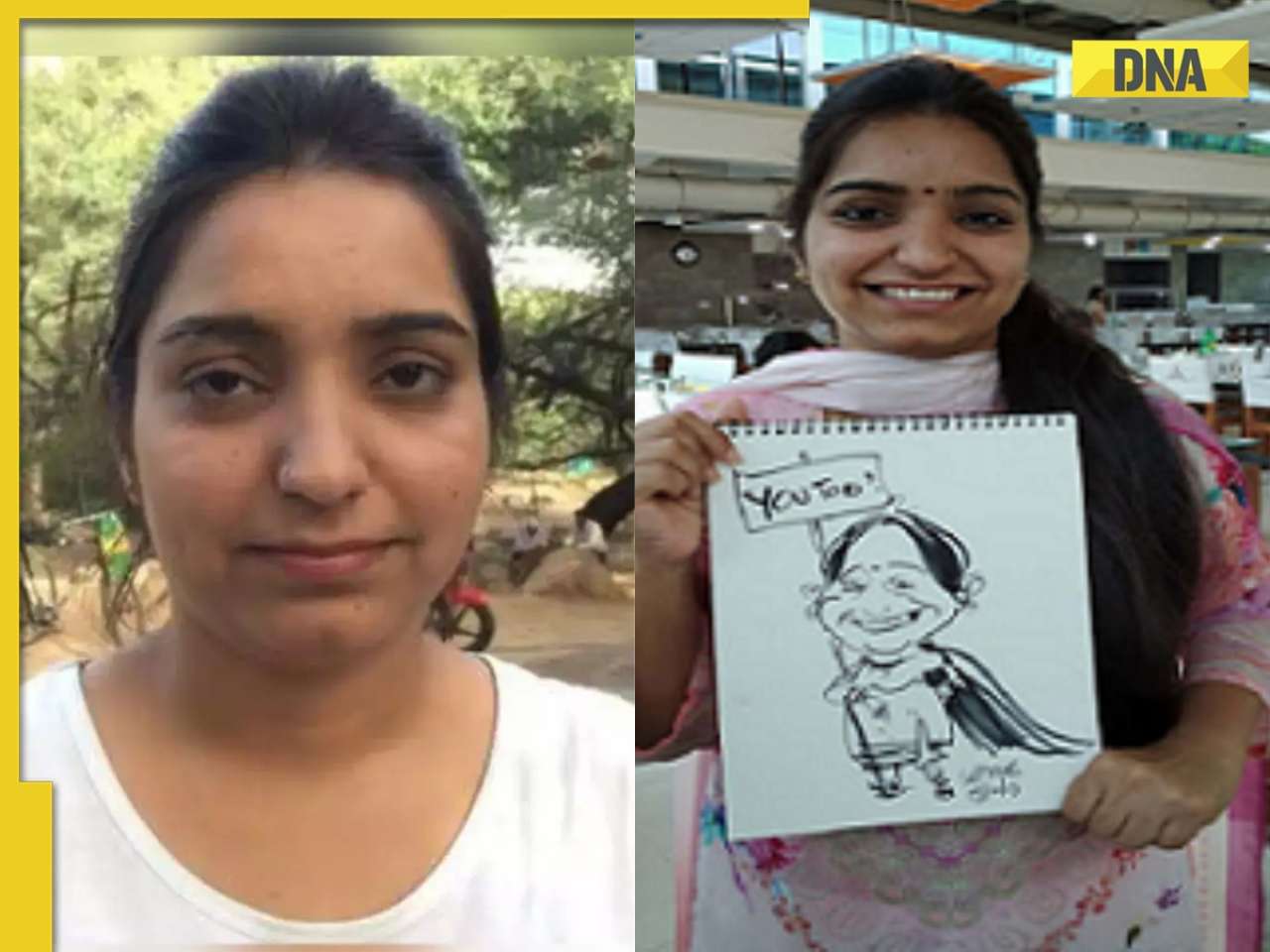 Meet woman, daughter of DTC bus driver, a JNU alumna who battled financial woes, later cracked UPSC with AIR..., she is...
Meet woman, daughter of DTC bus driver, a JNU alumna who battled financial woes, later cracked UPSC with AIR..., she is... Meet woman, DU grad, who cleared UPSC in her last attempt with AIR..., later became IAS officer, is 'perfect example of beauty with brain', she is...
Meet woman, DU grad, who cleared UPSC in her last attempt with AIR..., later became IAS officer, is 'perfect example of beauty with brain', she is...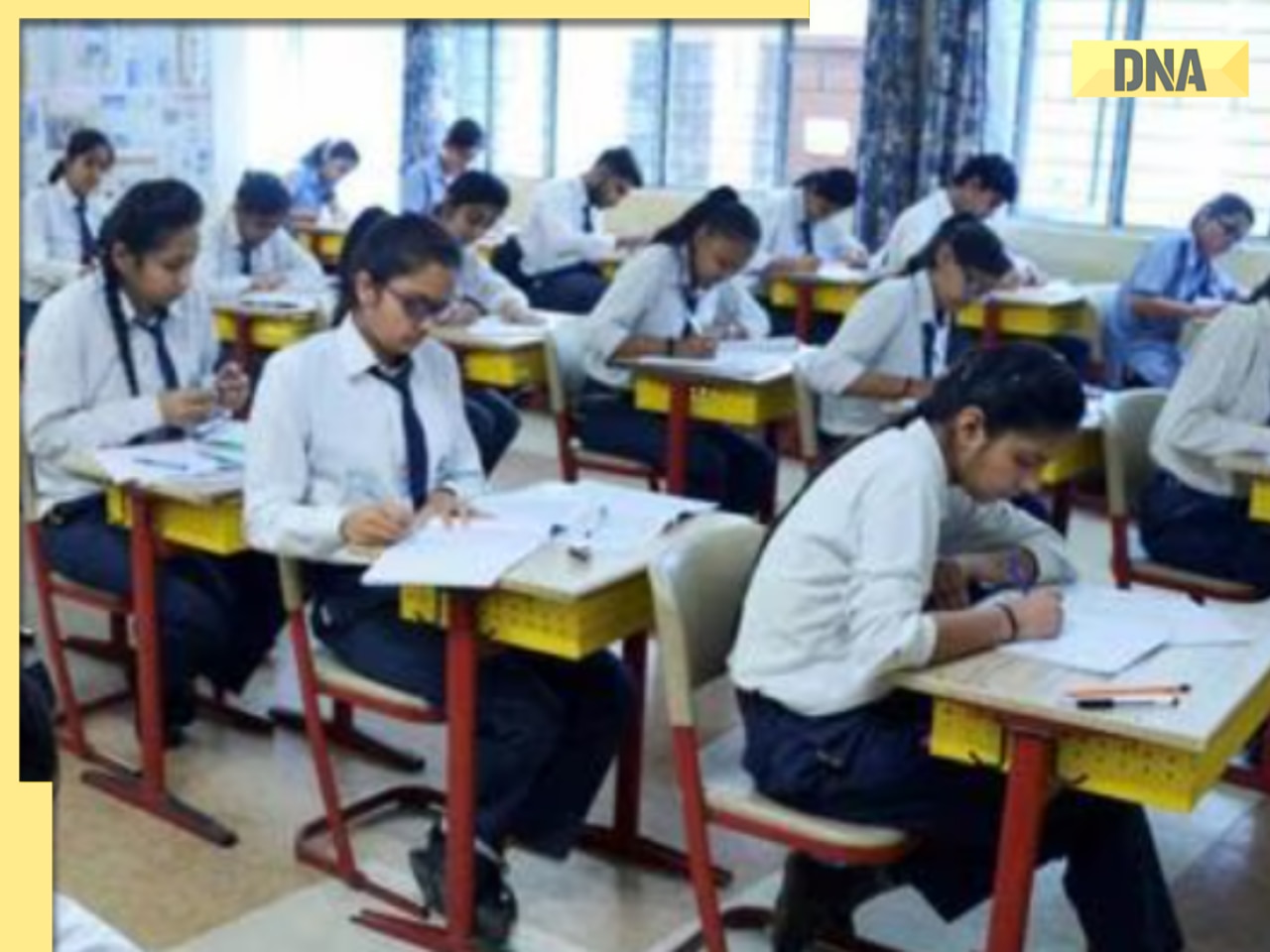 CBSE pushes for 'Oil Boards’, healthy meals in new circular to schools: Check details
CBSE pushes for 'Oil Boards’, healthy meals in new circular to schools: Check details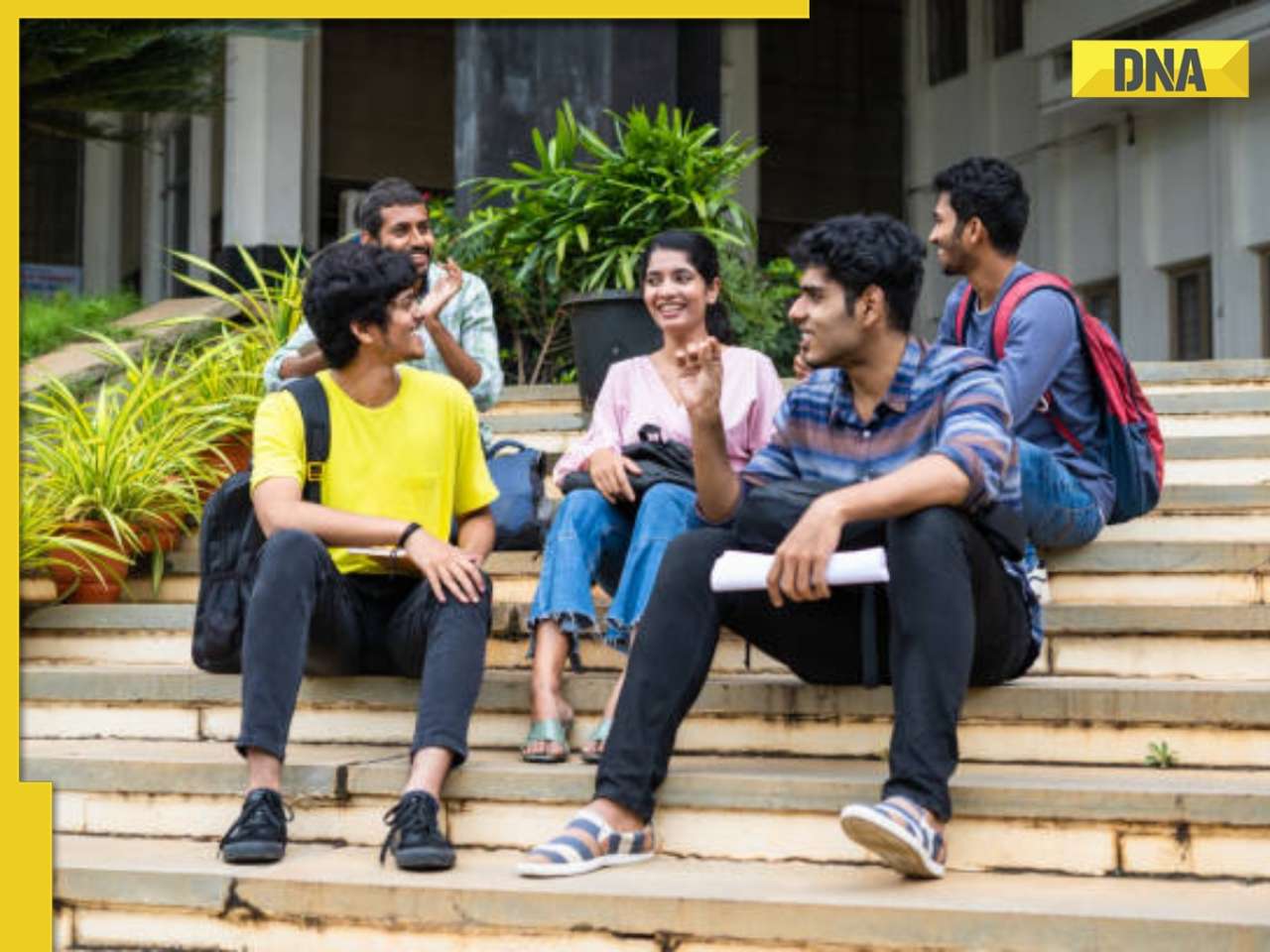 This college records Rs 10000000 placement package for 2025 batch, not IIT Delhi, IIT Bombay, IIM Ahmedabad, it is...
This college records Rs 10000000 placement package for 2025 batch, not IIT Delhi, IIT Bombay, IIM Ahmedabad, it is...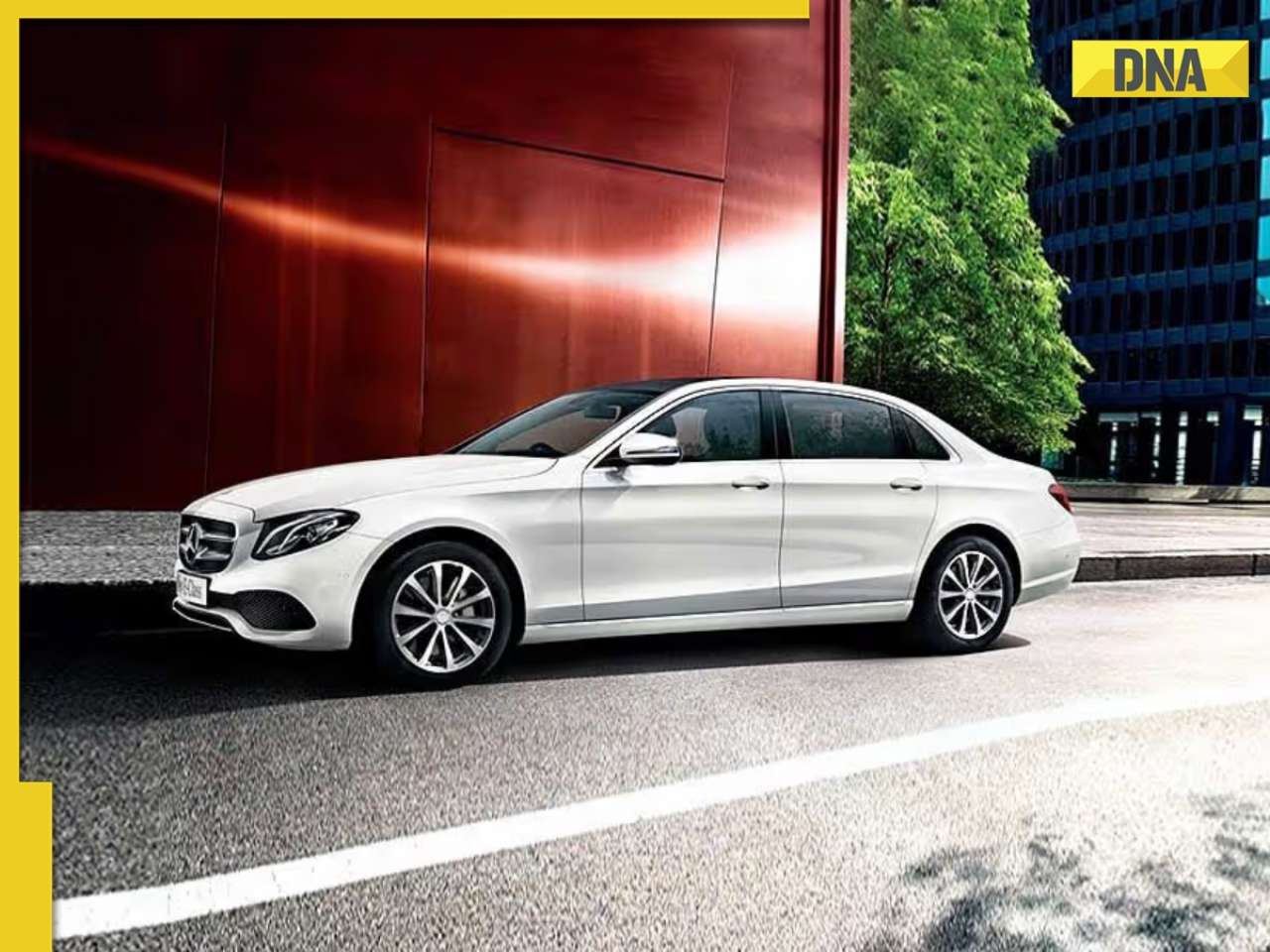 This luxury car is first choice of Indians, even left BMW, Jaguar, Audi behind in sales, it is...
This luxury car is first choice of Indians, even left BMW, Jaguar, Audi behind in sales, it is... Kia India unveils Carens Clavis: Check features, design changes, price and more; bookings open on...
Kia India unveils Carens Clavis: Check features, design changes, price and more; bookings open on... Tesla CEO Elon Musk launches most affordable Cybertruck, but it costs Rs 830000 more than older version, it is worth Rs...
Tesla CEO Elon Musk launches most affordable Cybertruck, but it costs Rs 830000 more than older version, it is worth Rs...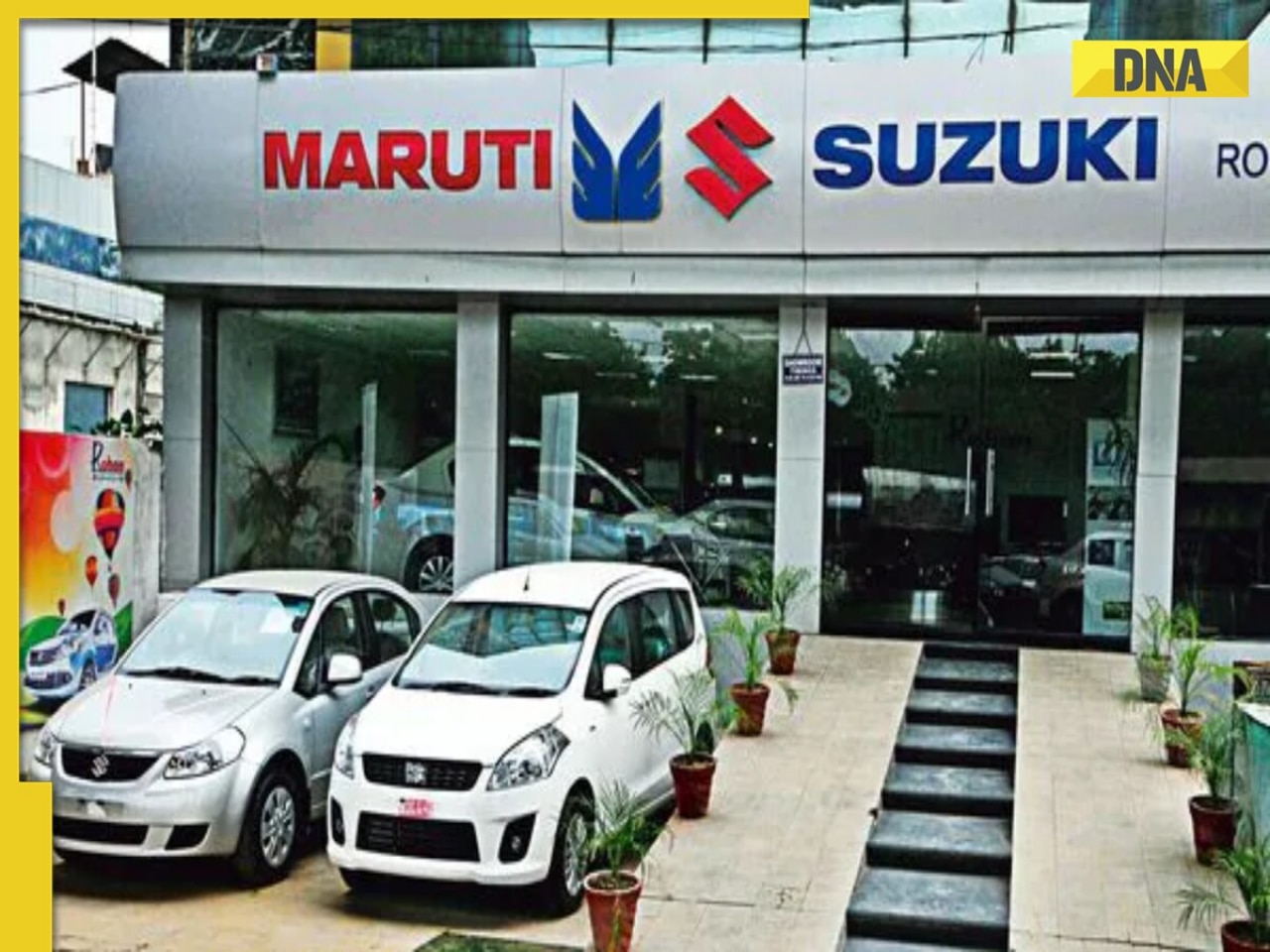 Planning to buy a Maruti Suzuki car? Prices set to rise by 4% from...
Planning to buy a Maruti Suzuki car? Prices set to rise by 4% from... Audi launches Audi RS Q8 2025 in India: Know price, specifications and unique features
Audi launches Audi RS Q8 2025 in India: Know price, specifications and unique features 






)
)
)
)
)
)
)
)
)
)
)
)
)
)
)
)
